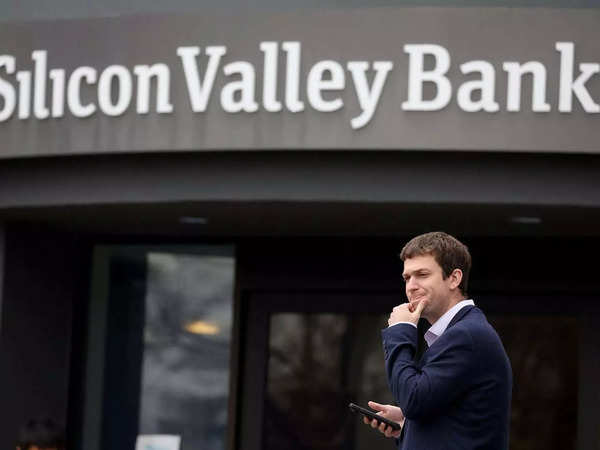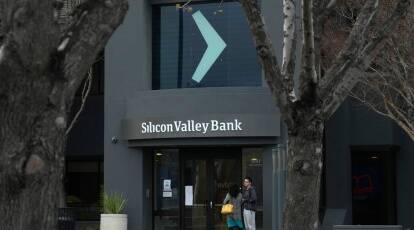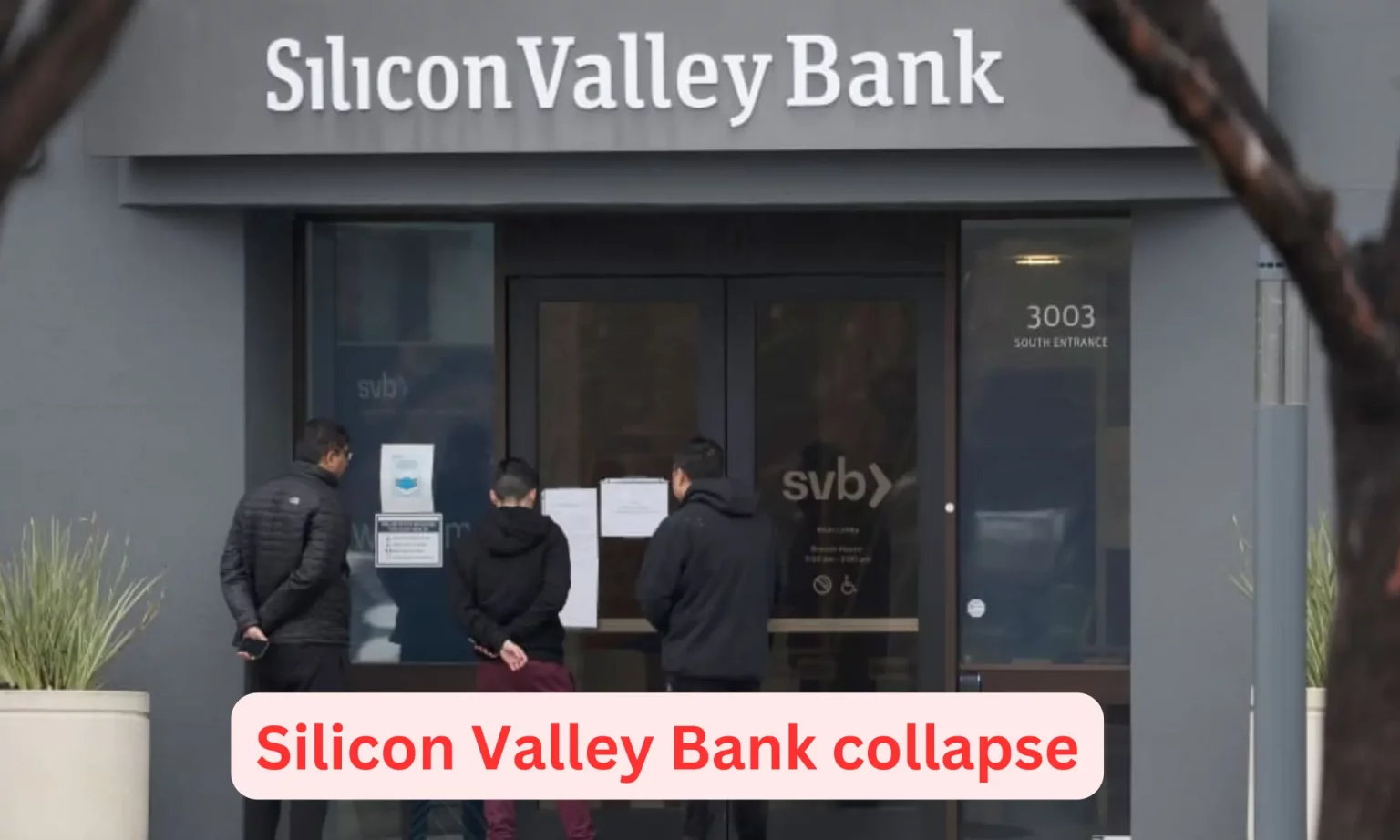Hindenburg’s attempt to bring down Adani has been the hot topic of discussion in the media recently. However, what many people are not talking about is the collapse of Silicon Valley Bank (SVB). SVB, which was rated as the best bank in the US just a week ago, has now collapsed, triggering a chain reaction that could lead to the failure of other startups, funds, and banks, ultimately leading to a stock market meltdown in the US with global consequences.
While Hindenburg was busy finding faults with Indian companies, banks in their own backyard are falling at a frightening pace. The collapse of the Silicon Valley Bank, a key player in the tech startup world, is a stark reminder of how interconnected the business world has become. The collapse of one bank can have a ripple effect that impacts everything from startups to investment funds to the stock market as a whole.

SVB has long been the go-to bank for startups and venture capitalists. It has built a reputation as a reliable and trustworthy bank that provides funding and other support to early-stage startups. It has been instrumental in the success of many well-known startups, including Uber, Airbnb, and DoorDash.
However, things started to go wrong for SVB when it became heavily involved with a number of high-profile clients, including Adani and his companies. Adani, who is one of the richest men in India, has a history of controversies and allegations of corruption. When Hindenburg published a report accusing Adani of fraudulent activities, SVB found itself caught in the middle.
Also Read Missed Warnings: Examining the Oversight Failures Leading to the Collapse of SVB
The report caused Adani’s stock prices to plummet, and SVB was left with a significant amount of exposure. It is estimated that SVB has over $200 million in exposure to Adani and his companies, which is a significant amount for a bank of its size. This exposure put a strain on the bank’s finances, and ultimately led to its collapse.
The collapse of SVB has serious implications for the startup and venture capital ecosystem. Many startups rely on SVB for funding and support, and the collapse of the bank could lead to a domino effect, with other startups and funds failing. This, in turn, could lead to a meltdown in the stock market, as investors lose confidence in the startup ecosystem and start selling off their shares.

The collapse of SVB also highlights the need for greater regulation in the startup and venture capital space. The industry has long been seen as a Wild West, with little oversight and regulation. However, the collapse of SVB shows that this laissez-faire approach can have serious consequences.
In conclusion, while the media is focused on Hindenburg’s attempt to bring down Adani, the collapse of SVB is a more significant event with far-reaching consequences. It is a wake-up call for the startup and venture capital industry, and highlights the need for greater regulation and oversight. If we do not act now, we risk a domino effect that could lead to a stock market meltdown with global consequences.
















